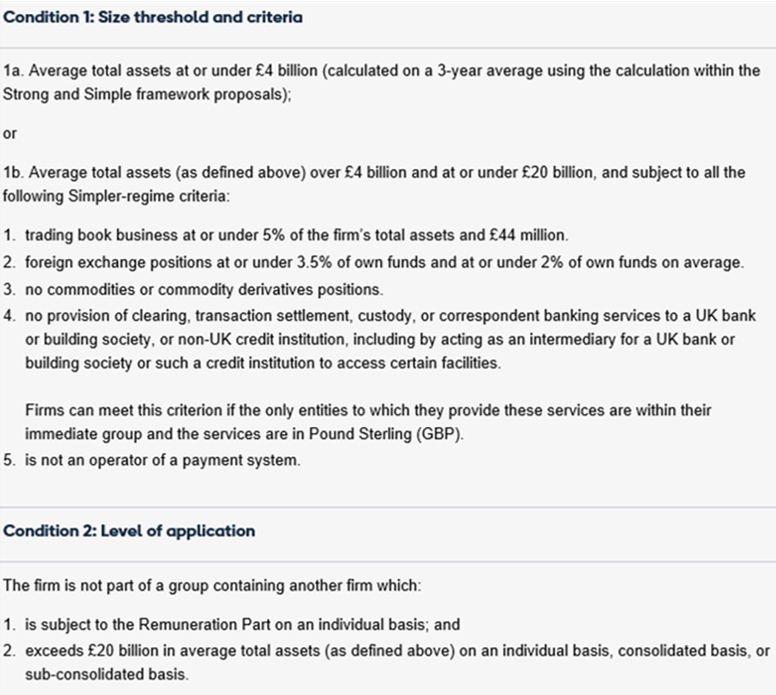
26 May 2023
The Financial Reporting Council (FRC) has published a consultation paper on proposed changes to the UK Corporate Governance Code (the Code). The consultation paper covers a broad range of governance topics, including remuneration. This alert summarises the key remuneration-related proposals.
The proposed changes will be relevant to those companies that must adopt the Code as a requirement of the UK Listing Rules (currently that is all companies with a premium listing on the London Stock Exchange) and those other companies that voluntarily choose to adopt the Code. The deadline for consultation responses is 13 September 2023.
Background
The Code sets out a broad range of principles that seek to ensure that impacted companies establish and maintain effective governance across a wide range of areas, including board composition, remuneration and audit. Following a previous government consultation and response on restoring trust in audit and corporate governance, and publication of the FRC's position paper on this in 2022, the FRC has now published this new consultation on the proposed changes, which build upon the themes set out in that position paper.
Key remuneration-related proposals
- Changes to strengthen links to overall corporate performance. The FRC proposes to strengthen the links between companies’ remuneration policies and wider corporate performance, including ESG objectives, and hopes that the proposed adjustments will address the issue of companies basing their pay structures only on market benchmarking methods or the advice of remuneration consultants.
In particular, the revised principles: (a) set out the overarching expectations of directors’ remuneration policies, including an emphasis on the importance of transparency and a link to long-term sustainable success; (b) specifically include reference to environmental, social and governance objectives in the context of performance measurement and delivery of long-term strategy; and (c) add a reference to workforce pay and conditions as a factor which remuneration committees should have regard to in determining executive pay.
- Malus and clawback. The FRC proposes to introduce a specific expectation that impacted companies include malus and clawback provisions in the relevant remuneration-related documentation, although there was already an existing expectation that companies included “provisions that would enable the company to recover and/or withhold sums or share awards”.
To ensure greater investor visibility of a company’s malus and clawback arrangements and how they may be used, the FRC also proposes to set out a requirement for additional information to be included in companies’ remuneration reports, including: (a) the minimum circumstances in which malus and clawback provisions could be used; (b) the minimum period for applying these provisions and why this period is best suited to the organisation; (c) whether the provisions have been used in the last reporting period and, if so, a clear explanation of the reason; and (d) an explanation of the company’s use of the provisions in the last 5 years.
- Changes to improve the quality of reporting. The FRC found that there was room for improvement of the reporting for those aspects of the remuneration committee’s work which should be reported in company annual reports, with many companies providing brief or generic information when reporting on certain aspects, often using wording directly from the Code.
To help companies improve the quality of their reporting in the relevant areas, the FRC proposes to replace text in the Code that is often used by companies as template language in annual reports and instead list the factors which remuneration committees should address. The FRC hopes that companies will report on these factors in a way that is specific to their own circumstances.
The FRC also proposes to amend the principle that sets out what should be covered in the description of the work of the remuneration committee in the annual report and take a more direct approach in asking how a company’s executive remuneration policies, structures, and performance metrics support company strategy, including ESG objectives. It is proposed to remove reference to pay ratios and pay gaps that was previously included in this principle to reduce duplicate disclosures within annual reports.
Next steps and timing
The deadline for consultation responses is 13 September 2023. The FRC sets out specific questions within the consultation paper but also gives information on how to send more general feedback. Responses should be sent by email to: codereview@frc.org.uk.
The revised Code is expected to apply to accounting years commencing on or after 1 January 2025.
The revised Code will be supported by updated guidance and work is currently underway to revise, in particular of relevance to remuneration, the Guidance on Board Effectiveness so that the guidance will be aligned with the revised Code. The process of finalising the revised guidance will continue alongside the consultation and the FRC plans to have the new guidance available when the new Code becomes applicable.
Tapestry comment
This consultation is not unexpected, and is welcome as the next stage in the process of change, following last year’s position paper. As anticipated, the key theme of the proposed remuneration-related changes is a desire for increased transparency, including in ensuring alignment between pay, performance and the successful delivery of the company’s long-term strategy, the nature and use of malus and clawback arrangements, and also the quality of remuneration-related reporting generally. The proposed changes, and the updated guidance that is expected to follow, should help to clarify the FRC’s expectations, particularly in relation to remuneration reporting.
Once changes are confirmed, companies will need to assess whether their remuneration policies and practices correctly align with the revised Code, and ensure that the revised reporting requirements are complied with through clear and meaningful disclosure. That said, for most companies, the proposed changes are unlikely to result in a fundamental change to how remuneration is structured or set.
We expect that the revised reporting requirements for malus and clawback will be of particular interest for impacted companies. It should be noted that the FRC has not, at this time, chosen to include a specified list of minimum required malus and clawback triggers within the Code, which had previously been considered as part of the Government consultation process, although example triggers are set out in the existing FRC Guidance on Board Effectiveness.
Impacted companies, or companies that may become impacted in the future (including UK standard listed companies that are not currently subject to the Code but that are expected to become subject to the Code as part of the proposed reforms to the UK listing regime) should carefully consider the proposed revisions to the Code and respond to the consultation with any feedback, particularly if the proposed revisions are likely to create any burdensome issues.
Please do let us know if you have any questions or comments on this, or if we can assist you with your remuneration arrangements.
Matthew Hunter & Suzannah Crookes
















